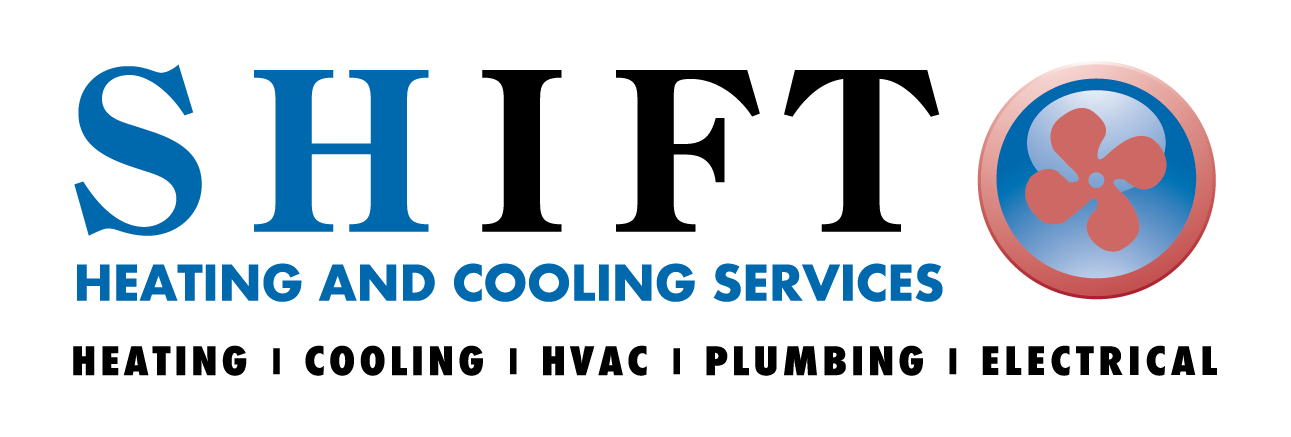Furnace Repair in Calgary
Top-notch furnace repair services that will keep you warm and cozy all winter long!
Whether your furnace needs a simple tune-up or a major overhaul, there are expert technicians in Calgary who can get the job done quickly and efficiently.
Complete Furnace Repair Services in Calgary
At Shift Heating & Cooling Services Ltd, our expert team of residential heating system experts are skilled at repairing all makes and models of heating systems including gas, propane and electric furnaces, heat pumps, ductless split systems, and more. In addition, our certified technicians are uniquely equipped to provide affordable repair solutions that restore comfort and energy savings.
With Shift Heating & Cooling Services Ltd at your side, rest assured your home will stay warm and comfortable all season long. Call us today at (403) 452-7076 for a convenient appointment time.
Does My Furnace Need a Repair or Replacement?
It can be difficult to determine whether your furnace needs a simple repair or if it’s time to replace your system. In most cases, furnace problems can simply be repaired if the system is less than ten years old. Usually, if you do not see frequent issues, a repair is all that is necessary. If your furnace is getting old or is not performing optimally, our skilled, knowledgeable experts are here to help you get the most out of your budget and your heating system. You can always count on us to analyze the situation, identify your options, and help you determine whether a repair or system replacement is necessary.
Common signs that it’s time to replace your heating system include:
- Rising Energy Bills
- 12+ Years Old
- Frequent Repairs/Breakdowns
- Repairs Add up to 1/3 the Cost of Replacement


How Much Does a Furnace Repair Cost?
We believe honesty is one of the most important aspects of doing business. And we’ve built our reputation on always doing the right thing, even when no one is watching. If you’re like most people, you value transparency, and that is exactly what you’ll get from Shift Heating & Cooling Services Ltd each time you choose to work with us. We want to help our customers to make the most informed decision possible, even before you pick up the phone to call us. If you’re wondering what kind of toll your upcoming furnace repair might take on your wallet, we can help set your mind at ease.
There are a few major factors that impact our furnace repair pricing:
Warranty
If you have an HVAC parts warranty, you may be covered in the case that a part fails and needs to be replaced. Each system, if installed by a licensed contractor and registered with the manufacturer comes with a limited parts warranty.
Component Repair or Replacement
When parts or components can’t be repaired, you will need to replace them. Purchasing a new part will add to your total cost of furnace repair and can vary in price, largely dependent on brand, our supplier’s pricing, availability and if it’s a part that we stock on our trucks.

Time and Difficulty of Repair
Technician Experience and Training
Have you ever heard of the saying you get what you pay for? We are not the lowest price contractor out there, but we also aren’t the highest. Our pricing is fair and takes into consideration the value and experience we offer. We don’t allow just anyone to show up to your house. All our technicians are trained and certified to service all makes and models of heating equipment, enabling them to diagnose and repair your issue right the first time, every time. We also are one of very few contractors who backs up our repair work with Shift Services Member Ship Program.
Call (778) 200-8874 to discover the Shift Heating & Cooling Services Ltd difference.
We look forward to serving you!
FAQs
The most common furnace repairs include issues with the thermostat, ignition system, blower motor, and heat exchanger. Thermostat problems often result in improper temperature control, while ignition system failures can lead to a lack of heat. A faulty blower motor may cause airflow problems, and a damaged heat exchanger can result in a dangerous carbon monoxide leak.
The most common furnace failure is a malfunctioning or failed ignition system. This can prevent the furnace from igniting and producing heat. Ignition system failures can be caused by a faulty igniter, pilot light, or electronic ignition control. Regular maintenance and inspection can help prevent this common issue and ensure proper operation of the furnace.
The most expensive repair on a furnace is often related to the heat exchanger. The heat exchanger is responsible for transferring heat from the combustion process to the air being circulated throughout the home. If the heat exchanger becomes cracked or damaged, it can lead to carbon monoxide leaks and potentially hazardous conditions. Repairing or replacing a heat exchanger can be costly, and in some cases, it may be more economical to replace the entire furnace.
Common home furnace problems include a malfunctioning thermostat, clogged or dirty filters, ignition system failures, blower motor issues, and problems with the pilot light. These issues can result in inadequate heating, improper temperature control, reduced airflow, and even complete furnace failure. Regular maintenance, such as filter replacement and system inspections, can help prevent these problems and ensure the efficient and safe operation of your home furnace.
The cost to service a furnace in Canada can vary depending on factors such as the location, the type of furnace, and the specific services required. On average, a furnace service in Canada can range from $100 to $300.
